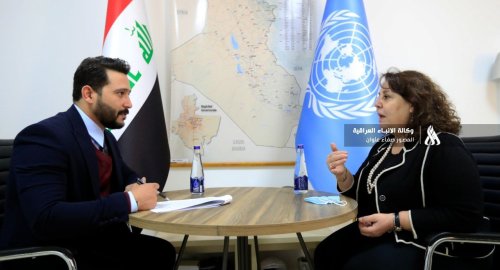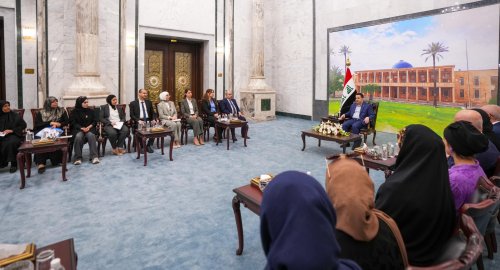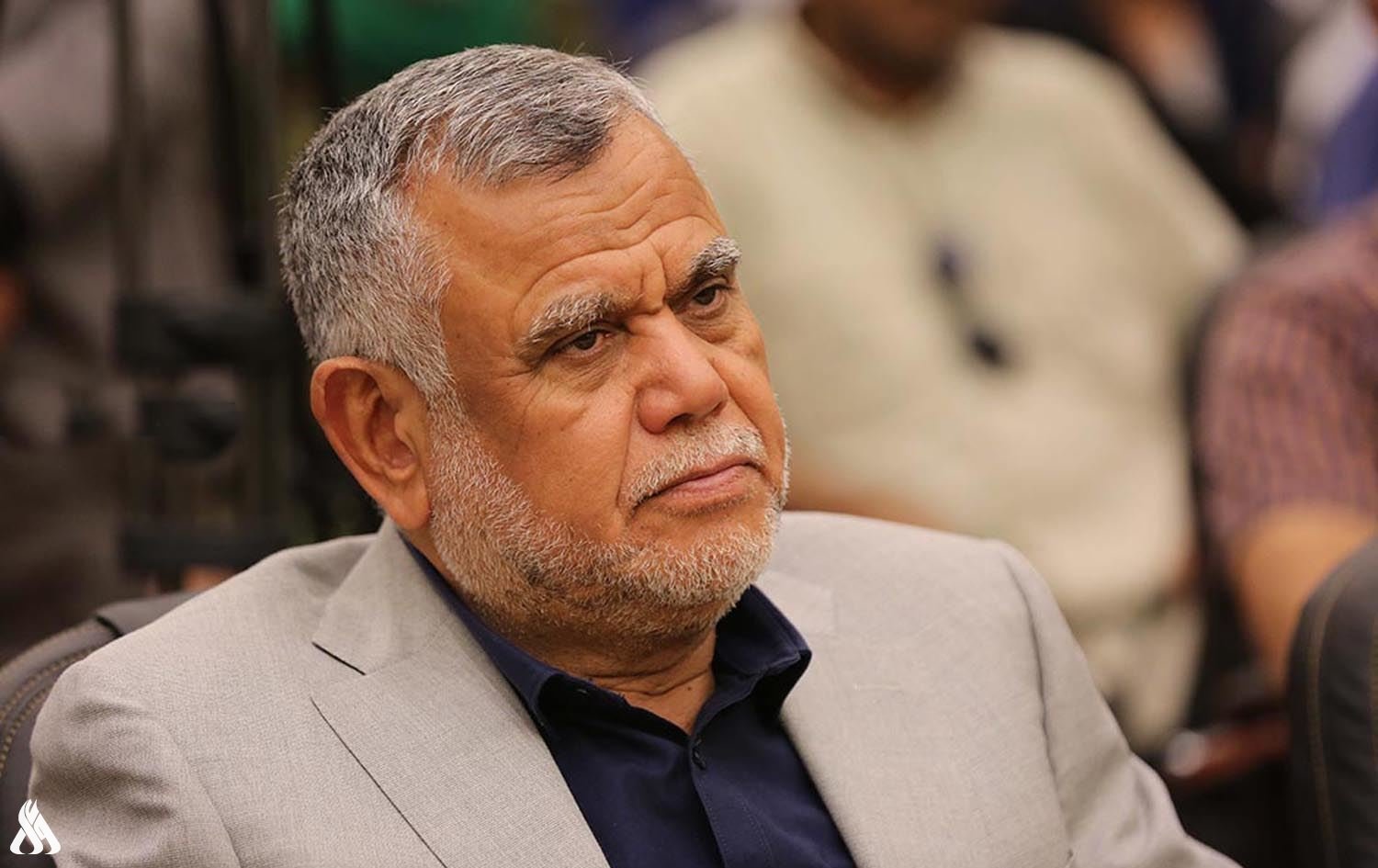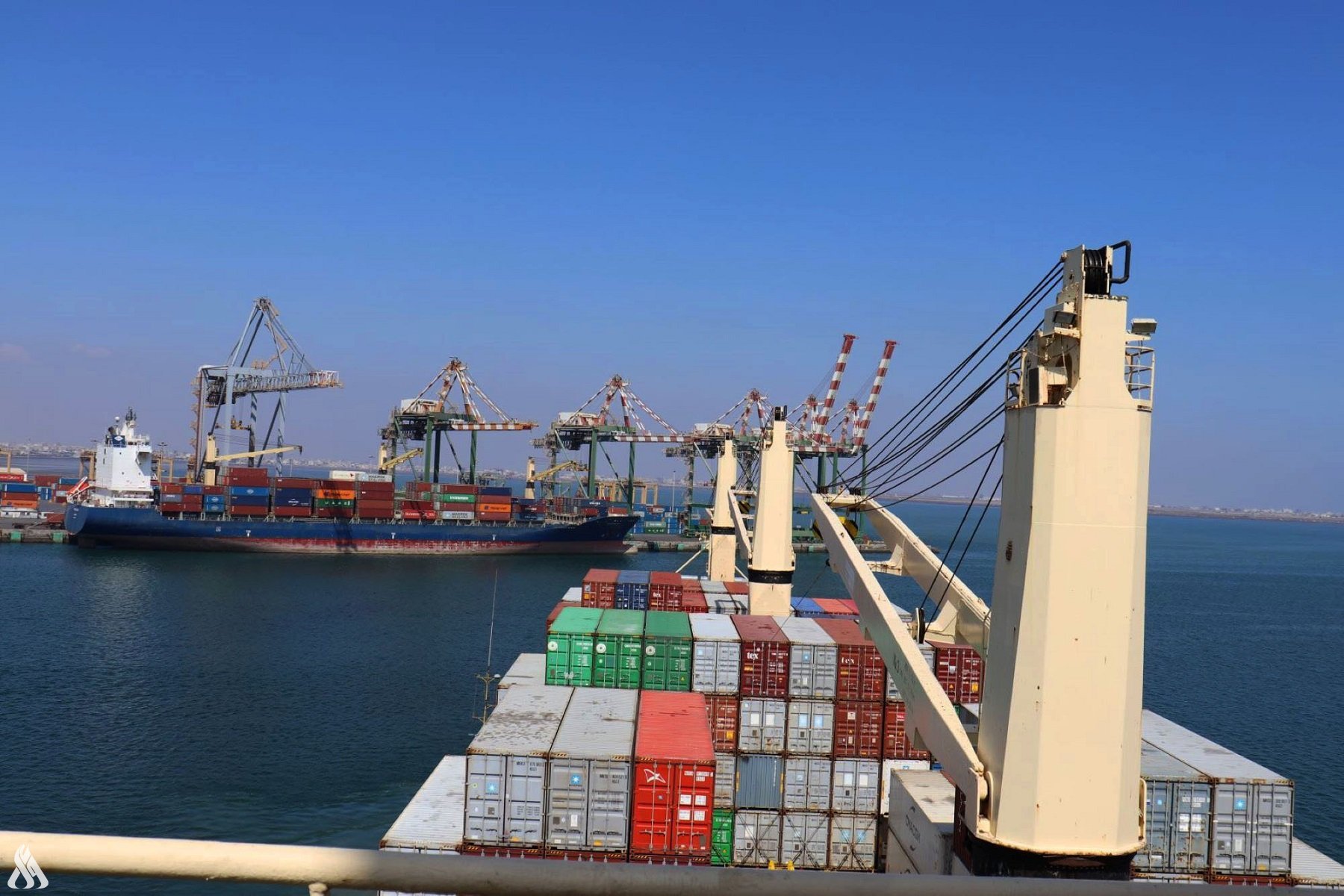
Water scarcity in the marshes affected biodiversity and people's livelihood

- 1-07-2022, 17:58
Dhi Qar - INA
The marshlands in southern Iraq suffer from water scarcity and drought on a frequent basis, which has affected the environmental and biological diversity in them and the livelihood of its residents who sell their fish.
Environmental expert Jassim al-Asadi told the Iraqi News Agency (INA) that "in 2005, the Ministry of Water Resources developed a plan to restore 5600 km2 of the Iraqi marshes with a total size of 9,650 km2, and established a center for the recovery of Iraqi marshes and wetlands before it in 2003", indicating, that "" The ministry was not able to flood the marshlands with water until 2019.”.
He pointed out that "in 2019, large quantities of water reached the Tigris and Euphrates and river waters through Iranian territory, and the areas of the marshes have varied since 2005 until now, according to the abundance of water and the plan of the Ministry of Water Resources in distributing water to the marshes.".
Al-Asadi pointed out that "the marshes are considered a haven for birds and animals, and they are a cultural environment in addition to being an economic environment," stressing that "the marshes are currently exposed to water scarcity and the impact of drought that occurred in varying years on the environment, biodiversity and the livelihood of the population," calling for giving them importance in water flows.
Iraq owns three main marshes: Al-Hawizeh, the middle one between the Tigris and Euphrates rivers, in addition to the Al-Hammar marshes, and it has been included on the World Heritage List.
Gaza Health Ministry Announces New Death Toll for Zionist Aggression
- International
- 06:04
Al-Maliki: Iraq Managed the Electoral Process Smoothly
- politics
- 05:18
Al-Sistani: Tomorrow, the 29th of Ramadan
- Local
- 25/03/29
Al-Amiri warns of any war between Iran and the US
- politics
- 25/04/01












